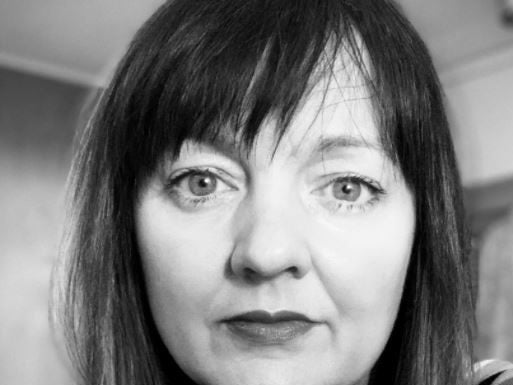
Head of brand consultants at Kantar Adele Joliffe answers Press Gazette’s questions about marketing and the news industry. This is the latest in a series of Marketing Maestro interviews published in association with Lead Monitor, New Statesman Media Group’s AI-driven marketing solution.
How important is the news media (both B2B and B2C) in building successful brands?
Incredibly important. News media has a major role to play in building a strong brand, and can be a critical cog in some of the most successful cross-channel campaigns. There are a couple of major and unique advantages it carries – influence and ideas.
In certain sectors – particularly those where advertising is regulated like tobacco or soon high salt and sugar foods – news media helps brands to shape the broader debate and reach influential audiences, including policy influencers and decision-makers. It’s also a space for brands to communicate their wider purpose. It is often longer-form and more factual, so if you’re promoting a product with sustainability credentials or health benefits that aren’t a focus of other advertising channels, then news media can be the place to leverage that good work.
 Free white paper: The Importance of Content in Building Your Brand
Free white paper: The Importance of Content in Building Your Brand
Read New Statesman Media Group’s in-depth white paper report now detailing how to create impactful digital marketing content from inception to finished product.
Is marketing the best way to communicate a brand’s values and purpose? How can this be done successfully?
It is a fundamental part of the job but by no means all of it. Telling people what you stand for is great, but brands have to actually be doing what they say they are; people know when businesses are trying to pull the wool over their eyes.
Purpose should be ingrained across a company, driven at C-suite level and something which all employees buy into and recognise within their organisation day to day. It can be easy to think of purpose as separate from the other elements which make your brand appealing, but actually it needs to be aligned with them all.
When purpose is part of the fundamentals of your brand building, you’re on the right track. An example which sticks out to me is NatWest, its values of championing people and businesses and helping them to thrive are clearly important to people at board level, and promoted through the bank’s website and social media feeds. That helps it to trickle down to staff at all levels and anyone who has been in a branch can see how that purpose has permeated through to its employees there as well.
What are the most common mistakes brands make in marketing campaigns? And how do you overcome them?
There are two mistakes which we see brands making regularly. The first is misplaced assumptions about what drives return on investment for marketing activity. We’ve heard all sorts of metrics floated around, and marketers tend to place more emphasis than is needed on things like pinning down a target audience, or nailing a multimedia approach – both of which are important, but neither of which are the real key to success.
By far the two most influential factors are the size and clout which your brand already has, and the creative quality of the campaign you run. Big brands dominate and the truth is, it’s easier for them to resonate with consumers.
Smaller operators need to be thinking about how they scale up to take on the big players, and a key way to do that is by investing in innovative, exciting, and even sometimes provocative, creative content.
The second thing which is often missed by brands is the need to properly adapt campaigns for different channels. A central idea is important, but that then needs to be tailored whether it is on TV, online, or in news media. The best campaigns are those which have which have a connected core but which are specially adapted for different media.
Which media channels do you see as most important and best value when it comes to marketing activity?
Our data tells us that TV is still the singularly most important medium in terms of its contribution to a campaign, but real value comes when different channels work together. TV is especially good for maximising the number of people you reach (particularly during the lockdowns of the past year), for conveying nuanced, emotional messages to them, and it’s the place where ads have the least competition for attention.
But depending on your goals, online news and digital media can be just as effective. The objective you’re working to is really important here, if it’s both brand building and a tactical sales push, then a balance is needed. Often a 60:40 split between long-term building and short-term sales-driven activity is cited as the golden ratio, and generally brands which are close to that division have well-balanced campaigns.
How can brands use technology to build their profile and share their purpose?
This is a huge question. Tech permeates every part of marketing and brand building now. For online campaigns especially, it’s important to think about the myriad ways you can interact with people from advertising to sales to events and direct exchanges. A great example is the growth of opportunities for direct sales through social media apps and sites, allowing brands to sell directly to consumers in those channels. Our advice is to make sure you understand your brand’s distinctive voice and selling point, which helps to ensure that the steps along the way connect to your overall positioning and promise. This ultimately will give you a competitive advantage.
Email pged@pressgazette.co.uk to point out mistakes, provide story tips or send in a letter for publication on our "Letters Page" blog
